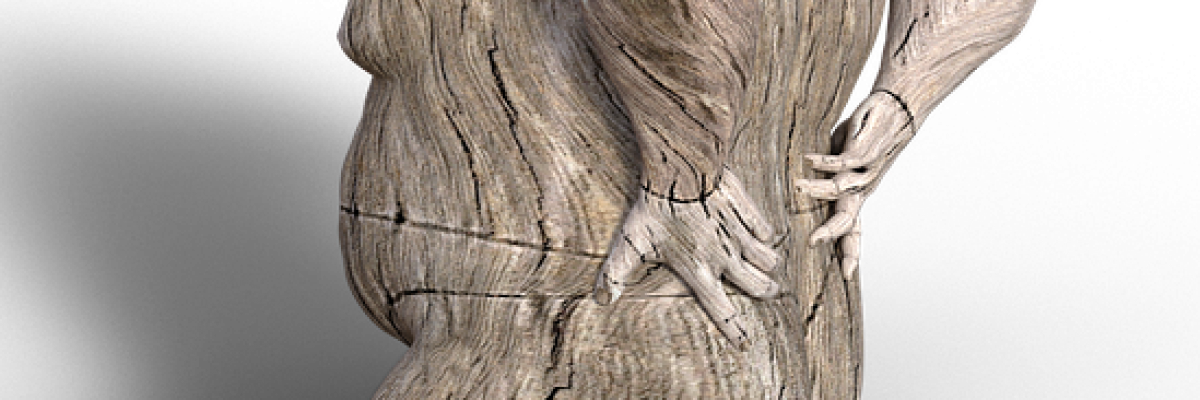The pain relieving expert is asked: Where does my back pain come from?
“Let’s first look at how pain is classified by a doctor: the distinction between specific and non-specific back pain. Specific back pain has a clear cause. This means that they result, for example, from falls, accidents, organic or structural changes and in some cases bacteria. Non-specific back pain has no structural cause. The doctor (usually an orthopaedic surgeon) does not see any signs of damage on an X-ray or MRI. Non-specific back pain often disappears of its own accord after some time”.
And what percentage is usually the pain where the doctor cannot find a clear cause?
“In 85 to 90 percent of the cases, it is unspecific back pain. That is enormous. In 85% of back pain, no clear cause can be found. If without knowing a cause, then a treatment is carried out. How successful can that be?”
And how is this unspecific pain justified by a doctor? There must be an explanation?
“I will only list 2 points: The pain memory of the body. The theory says that a pain accumulates in the brain and then becomes independent. So why does pain in the back reduce or even disappear when the client lies on his back? Does the body then lose its memory when the body position changes? Or overweight, another suspected cause. So why don’t all overweight people have back pain? Why do people with ideal weight also have back pain? All this does not sound very logical, does it? “
Yes, or age – that is often said, isn’t it?
“Then why do even children have back pain? ![]() Or not all older people have back pain? I don’t even want to start with painkillers that are massively prescribed and the side effects.”
Or not all older people have back pain? I don’t even want to start with painkillers that are massively prescribed and the side effects.”
And now? What would you do? What is your approach?
“I believe that unspecific back pain often comes from the body trying to protect the structure of the body. How does it do this? It sends a pain to the affected region of the body after it has determined that there is an excessive load on the joint structures. Why? He wants to make the person stop doing the movement that threatens the structure. Basically a very loving system. And it works.
The person then no longer assumes certain positions or avoids certain movements. In the first step I erase this alarming pain. In the second step I enable the client to maintain this state permanently. After that I am no longer needed as a therapist. Why should I be?
The client already knows everything that needs to be done ![]() “
“













